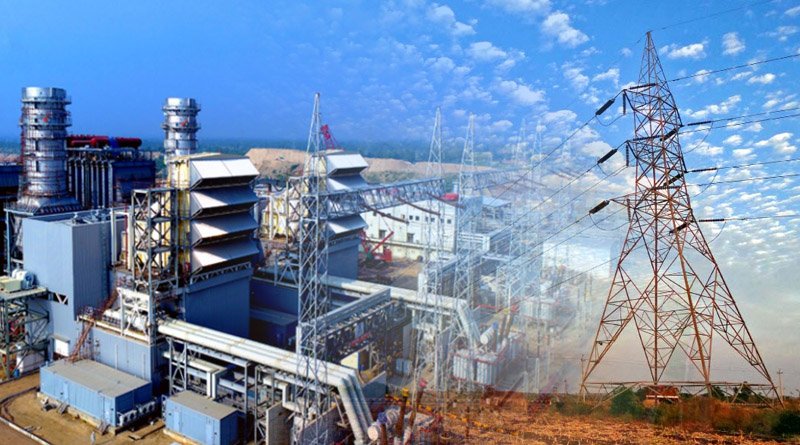The highest decline since data were available (Jul’12) was reported by Arif Habib Limited (AHL) on Friday: “Power generation down by 23% YoY during April 2023.”

From 12,960 GWh in the same period last year to 10,010 GWh in April 2023, total energy generation in Pakistan experienced a significant annual decline of 23%.
The highest decline since data were available (Jul’12) was reported by Arif Habib Limited (AHL) on Friday: “Power generation down by 23% YoY during April 2023.”
From 8,741 GWh in March 2023, energy generation in Pakistan increased by 15% on a monthly basis. In the meantime, the nation’s overall cost of producing electricity remained constant in April 2023, year over year (YoY), at Rs10.24 per KWh.
The cost of producing electricity increased by 25% month over month (MoM) compared to the Rs8.22 KWh recorded in March.
According to AHL, the decline in nuclear and hydroelectric generation as well as a 41% and 9% MoM increase in coal and furnace oil (FO)-based generation costs, respectively, are the main causes of the increase in fuel prices.
The amount of power generated during the first ten months of the fiscal year 2022–2023 decreased by 10% YoY, from 114,660 GWh to 103,593 GWh. The price of producing electricity during the first ten months of the current fiscal year also increased by 13%, from Rs8.2 in 10MFY22 to Rs9.3 in 10MFY23.
Data on the generation mix showed that hydel (1,872 GWh) and residual fuel oil (RFO) (221 GWh), which decreased by 22% and 86%, respectively, were the main contributors to the annual decline in electricity generation.
Gas and Re-gasified Liquid Natural Gas (RLNG) sources generated 1,189 GWh and 2,418 GWh of electricity, respectively, representing a 7% and 4% annual decline. With a combined 43% share of the generation mix in April, nuclear and RLNG became the top two power-generating sources.
The generation of electricity in from renewable sources, such as solar, increased by 44% annually to 126 GWh, while the production of electricity from other renewable sources, such as wind, decreased by 31% annually to 323 GWh.